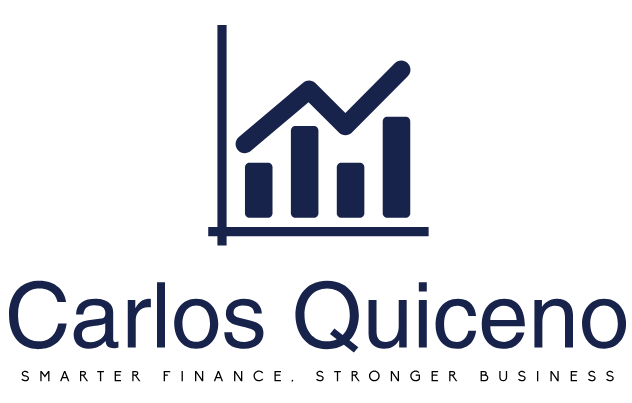How to Transition From Manual Accounting to QuickBooks
Switching from manual accounting to QuickBooks is a significant step toward improving the efficiency and accuracy of your financial management. It can save time, reduce errors, and provide better insights into your business’s performance. Here’s a step-by-step guide to ensure a smooth transition.
Step 1: Assess Your Accounting Needs
Before implementing QuickBooks, review your current accounting system. Identify areas that need improvement, such as invoicing, expense tracking, or payroll management. This analysis will help you determine how to best customize QuickBooks for your business.
Step 2: Choose the Right QuickBooks Version
QuickBooks offers multiple versions, including:
- QuickBooks Online: Ideal for businesses needing remote access and collaboration.
- QuickBooks Desktop: Suitable for companies with complex accounting needs.
- QuickBooks Self-Employed: Designed for freelancers and contractors.
Evaluate your business size, industry, and budget to select the version that aligns with your needs.
Step 3: Set Up Your QuickBooks Account
- Create Your Company Profile: Input your business details, including name, industry, and tax information.
- Chart of Accounts: Customize or import a chart of accounts to organize income, expenses, and assets.
- Connect Bank Accounts: Sync your bank and credit card accounts for real-time transaction tracking.
Step 4: Import Existing Data
QuickBooks makes it easy to migrate data from spreadsheets or manual records.
- Organize Your Records: Ensure all your data is complete and accurate before importing.
- Use QuickBooks Tools: Import customers, vendors, transactions, and historical data using built-in templates.
Step 5: Train Your Team
Provide training for your team to ensure they understand how to use QuickBooks effectively. Utilize tutorials, QuickBooks support resources, or professional training sessions to build confidence.
Step 6: Start Using QuickBooks
- Enter Current Transactions: Begin recording daily transactions in QuickBooks to maintain up-to-date records.
- Generate Reports: Use QuickBooks’ reporting features to analyze cash flow, expenses, and profitability.
Step 7: Monitor and Optimize
After transitioning, regularly review your QuickBooks setup. Adjust settings, update data, and explore additional features like payroll or tax support as your business grows.
Benefits of Switching to QuickBooks
- Time Efficiency: Automation reduces manual effort in tasks like invoicing and reconciliation.
- Data Accuracy: Minimize errors by using automated calculations and data syncing.
- Financial Insights: Generate reports to track performance and plan strategically.











